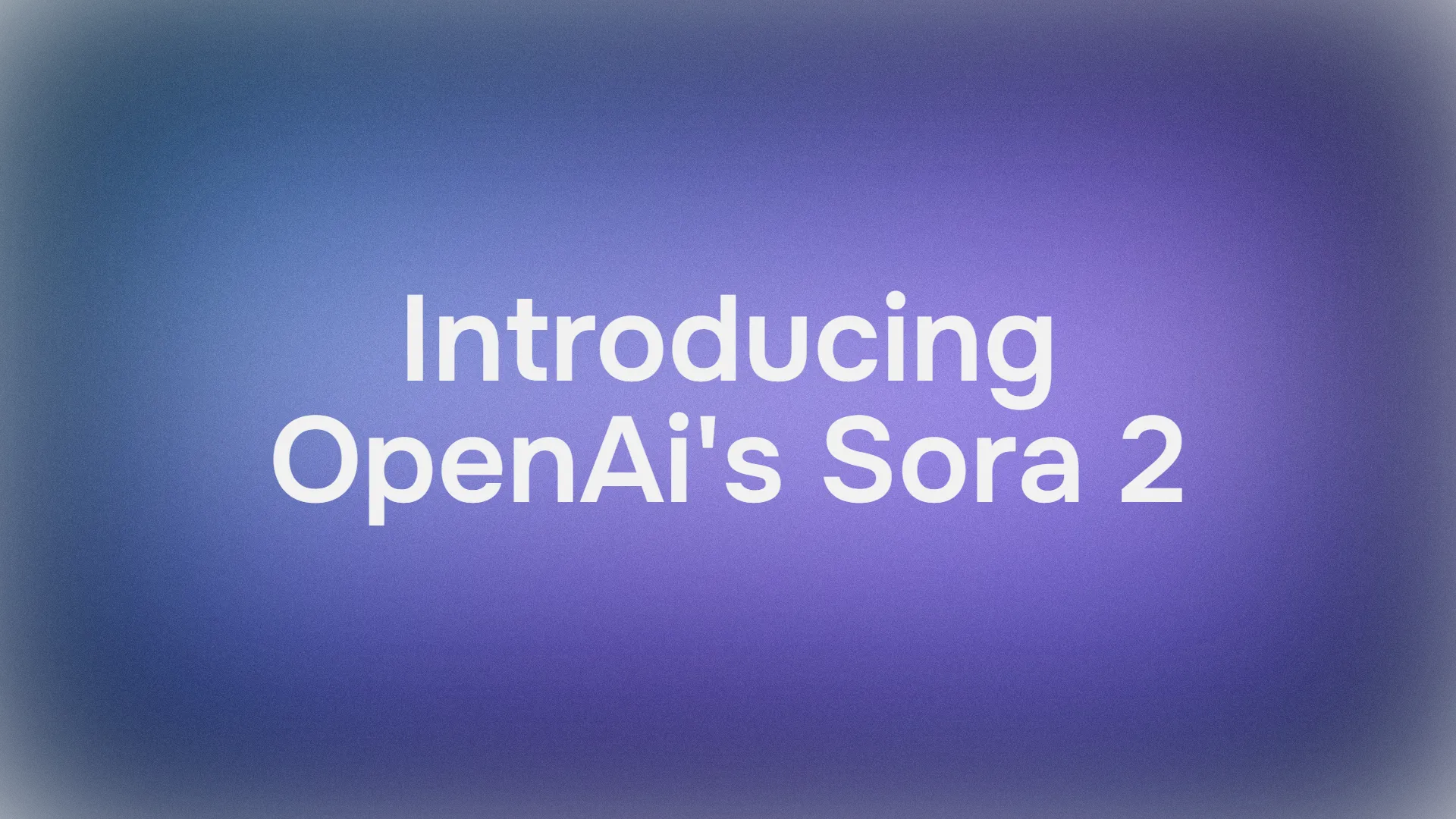Modern LLM applications face a critical challenge: how do you ensure your AI systems perform reliably in production environments? Traditional testing approaches fall short when dealing with the complex, probabilistic nature of large language models. This gap creates significant risks for developers deploying LLM-powered applications at scale.
Understanding Opik: The Foundation of Modern LLM Evaluation
Opik provides comprehensive tracing, evaluations, dashboards, and powerful features like Opik Agent Optimizer and Opik Guardrails to improve and secure your LLM powered applications in production. This open-source platform addresses the fundamental challenges developers encounter when building, testing, and monitoring LLM applications.

Furthermore, Opik transforms how development teams approach LLM evaluation by offering structured methodologies for testing model performance across various tasks. The platform enables developers to gain deep insights into model behavior while facilitating continuous improvements throughout the development lifecycle.
Core Architecture and Technical Components
Comprehensive Tracing System
Opik logs traces and spans, defines and computes evaluation metrics, scores LLM outputs, and compares performance across app versions. This tracing capability forms the backbone of the platform's monitoring infrastructure.

Additionally, the tracing system captures detailed execution flows within LLM applications, providing visibility into complex agentic workflows and RAG implementations. Developers can track individual components, measure latency, and identify bottlenecks that affect overall system performance.
Evaluation Framework Architecture
The evaluation framework within Opik operates on multiple levels, supporting both automated and human-in-the-loop evaluation processes. The platform provides a framework to systematically test your prompts and models against datasets, using various metrics to measure performance, and also provides a set of pre-built metrics for common evaluation tasks.

Moreover, the framework integrates seamlessly with existing development workflows, allowing teams to incorporate evaluation processes into their continuous integration pipelines. This integration ensures that quality checks happen automatically throughout the development process.
Key Features and Technical Capabilities
Real-Time Monitoring and Observability
Opik enables logging and tracing of LLM interactions, helping developers identify and fix issues in real time. This real-time capability proves essential for maintaining production systems where immediate issue detection prevents cascading failures.
Subsequently, the monitoring system provides comprehensive dashboards that visualize system health, performance metrics, and potential anomalies. These dashboards enable teams to make data-driven decisions about system optimization and resource allocation.
Advanced Evaluation Metrics
The platform includes sophisticated evaluation capabilities designed specifically for LLM applications. Opik has out-of-the-box support for complex LLM-based evaluations, as well as real-time monitoring, allowing you to detect hallucinations, unintended behaviors, and performance degradations immediately.

These evaluation metrics extend beyond traditional accuracy measurements, incorporating domain-specific assessments for relevance, coherence, and safety. The system can automatically flag outputs that deviate from expected behavior patterns, enabling proactive quality control.
Integration with Development Workflows
Opik integrates with Pytest, making it accessible to developers who use standard testing frameworks. This integration simplifies the adoption process and allows teams to incorporate LLM evaluation into their existing test suites.
Furthermore, the platform supports various deployment configurations, from local development environments to cloud-based production systems. This flexibility ensures that teams can maintain consistent evaluation practices across different stages of the development lifecycle.
Technical Implementation and Setup
Installation and Configuration
Opik is available as a fully open-source local installation or using Comet.com as a hosted solution. This dual deployment model accommodates different organizational requirements and security constraints.
The local installation provides complete control over data and processing, while the hosted solution offers scalability and maintenance benefits. Teams can choose the deployment model that best aligns with their operational requirements and compliance needs.
API Integration and Development
The platform exposes comprehensive APIs that enable seamless integration with existing development tools and workflows. These APIs support programmatic access to evaluation results, monitoring data, and configuration management.
Additionally, the API design follows RESTful principles, making it straightforward for developers to integrate Opik functionality into their applications. The well-documented endpoints support various programming languages and frameworks commonly used in LLM development.
Production Deployment and Scaling
Performance Optimization
Opik offers robust monitoring and analysis tools for production environments, allowing teams to track their models' performance on unseen data, providing insights into how the models perform in real-world applications.

The platform implements efficient data processing pipelines that handle high-volume evaluation workloads without impacting production system performance. These optimizations ensure that evaluation processes remain responsive even under heavy load conditions.
Security and Compliance
Production deployments require robust security measures, and Opik addresses these concerns through comprehensive security features. The platform implements role-based access control, audit logging, and data encryption to protect sensitive information.
Moreover, the security architecture supports compliance with industry standards and regulations, making it suitable for use in regulated industries where data protection requirements are stringent.
Advanced Use Cases and Applications
RAG System Evaluation
From RAG chatbots to code assistants to complex agentic pipelines, Opik provides comprehensive tracing, evaluations, dashboards, and powerful features. This capability makes it particularly valuable for teams building retrieval-augmented generation systems.
The platform can evaluate RAG systems across multiple dimensions, including retrieval accuracy, generation quality, and end-to-end performance. These evaluations help teams optimize their knowledge bases and improve overall system effectiveness.
Agentic Workflow Monitoring
Complex agentic workflows require sophisticated monitoring capabilities to ensure reliable operation. Opik provides detailed tracing for multi-step agent interactions, enabling developers to understand decision-making processes and identify potential failure points.

The monitoring system tracks agent behaviors, tool usage, and decision trees, providing insights that help teams optimize agent performance and reliability. This visibility proves crucial for maintaining complex AI systems in production environments.
Team Collaboration and Data Management
Collaborative Evaluation Processes
Opik offers an intuitive user interface where teams can collect, store, and annotate LLM-generated data, accelerating the feedback loop and allowing for continuous optimization of model performance.
The collaborative features enable distributed teams to work effectively on LLM evaluation tasks. Team members can share evaluation results, discuss findings, and coordinate improvement efforts through the platform's collaborative interface.
Data Collection and Annotation
The platform provides tools for systematic data collection and annotation, supporting the creation of high-quality evaluation datasets. These capabilities enable teams to build comprehensive test suites that cover various scenarios and edge cases.
Furthermore, the annotation tools support multiple evaluation methodologies, from simple binary classifications to complex multi-dimensional assessments. This flexibility accommodates different evaluation requirements across various LLM applications.
Comparison with Alternative Solutions
Open-Source Advantages
One of Opik's most notable strengths is its commitment to open-source principles. This approach provides several advantages over proprietary solutions, including transparency, customizability, and community-driven development.
The open-source model enables organizations to modify the platform to meet specific requirements, integrate with proprietary systems, and contribute improvements back to the community. This collaborative approach accelerates innovation and ensures long-term sustainability.
Integration with API Testing Tools
While Opik focuses on LLM evaluation, it works effectively alongside comprehensive API testing platforms like Apidog. This combination provides end-to-end testing coverage for LLM applications, from API functionality to model performance.
Apidog complements Opik by providing robust API testing capabilities, including automated testing, mock services, and comprehensive documentation features. Together, these tools create a complete testing ecosystem for modern LLM applications.
Future Developments and Roadmap
Emerging Features
The platform continues to evolve with new features and capabilities designed to address emerging challenges in LLM development. Recent developments include enhanced support for multimodal evaluations and improved integration with popular ML frameworks.
Additionally, the development team focuses on expanding the platform's capabilities to support emerging LLM architectures and deployment patterns. This forward-looking approach ensures that Opik remains relevant as the LLM landscape continues to evolve.
Community Contributions
The open-source nature of Opik encourages community contributions that drive platform improvements and feature additions. Developers worldwide contribute bug fixes, new evaluation metrics, and integration improvements.
This collaborative development model ensures that the platform benefits from diverse perspectives and use cases, resulting in a more robust and versatile evaluation platform.
Best Practices for Implementation
Evaluation Strategy Development
Successful Opik implementation requires a well-defined evaluation strategy that aligns with business objectives and technical requirements. Teams should establish clear metrics, define evaluation criteria, and create comprehensive test datasets.
The evaluation strategy should encompass both automated and human evaluation components, ensuring comprehensive coverage of model performance across different dimensions. Regular strategy reviews help teams adapt to changing requirements and emerging challenges.
Monitoring and Alerting Configuration
Effective monitoring requires careful configuration of alerting systems that notify teams of performance degradations or anomalies. The platform provides flexible alerting mechanisms that can be customized to match specific operational requirements.

Teams should establish clear escalation procedures and response protocols to ensure rapid resolution of issues identified through monitoring. This proactive approach minimizes the impact of problems on production systems.
Conclusion
Opik represents a significant advancement in LLM evaluation and monitoring technology, providing developers with the tools needed to build reliable, production-ready AI applications. The platform's comprehensive feature set, open-source architecture, and focus on practical implementation make it an valuable addition to any LLM development workflow.
As organizations continue to deploy LLM applications at scale, platforms like Opik become essential for maintaining quality, reliability, and performance. The combination of automated evaluation, real-time monitoring, and collaborative development features positions Opik as a critical tool for modern AI development teams.



